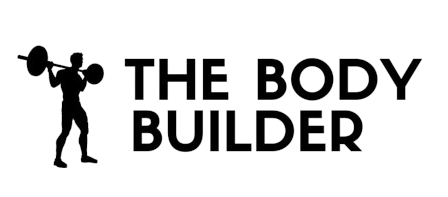Seated leg tuck
Benefits Of This Exercise
- The seated leg tuck is an effective exercise for targeting the entire core, including the upper, lower, and side abs.
- It helps to improve balance and stability, making it beneficial for athletes and everyday people.
- Regularly performing the seated leg tuck can increase core strength, improve posture, and reduce the risk of injury.
- The balance challenge of staying on the bench may make the core muscles work harder.
- It can be used as a burnout at the end of a core workout and can be done with high reps to really challenge your abs.
Step by Step Instructions For Seated leg tuck
- Sit on a bench with the legs stretched out in front of you slightly below parallel and your arms holding on to the sides of the bench. Your torso should be leaning backwards around a 45-degree angle from the bench. This will be your starting position.
- Bring the knees in toward you as you move your torso closer to them at the same time. Breathe out as you perform this movement.
- After a second pause, go back to the starting position as you inhale.
- Repeat for the recommended amount of repetitions.
Variations: You can also perform this exercise on a mat on the floor just by placing your arms to the sides. In this case, the legs will be stretched and elevated slightly over the floor. Also, as you become more advanced you can hold a dumbbell in between your feet or attach a pulley to them for added resistance. However, you have to be very careful when adding weight to this exercise as if you add too much too quickly you could get a hernia.
Warm Up Tips
- Start by sitting on a bench with your legs stretched out in front of you slightly below parallel and your arms holding on to the sides of the bench. Your torso should be leaning backwards around a 45-degree angle from the bench.
- Bring your knees in toward you as you move your torso closer to them at the same time. Breathe out as you perform this movement.
- After a second pause, go back to the starting position as you inhale.
- Repeat for the recommended amount of repetitions.
- If you don't have a bench, you can perform this exercise on a mat on the floor. Simply place your arms to the sides and elevate your legs slightly over the floor.
- For added resistance, hold a dumbbell in between your feet or attach a pulley to them. However, be cautious when adding weight to avoid injury.
Seated leg tuck Safety Tips
- Warm up before starting the exercise to prepare your muscles and joints for the movements.
- Ensure that the bench you are using is stable and secure to avoid any accidents or falls.
- Maintain proper form throughout the exercise by keeping your torso leaning back at a 45-degree angle and your legs stretched out in front of you.
- Breathe out as you bring your knees in towards your chest and breathe in as you return to the starting position.
- Start with a comfortable number of repetitions and gradually increase the intensity and duration of the exercise as you become more advanced.
- If performing the exercise on the floor, use a mat to provide cushioning and support for your back.
- If you choose to add resistance by holding a dumbbell or attaching a pulley, start with a light weight and gradually increase it to avoid straining your muscles or causing a hernia.
- Listen to your body and stop the exercise if you experience any pain or discomfort. Consult a healthcare professional if necessary.
- Stay hydrated and take breaks as needed during your workout to prevent fatigue and maintain your safety.
- Include the seated leg tuck as part of a well-rounded core workout and combine it with other exercises to target different muscle groups.

